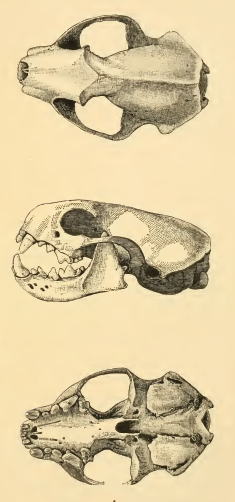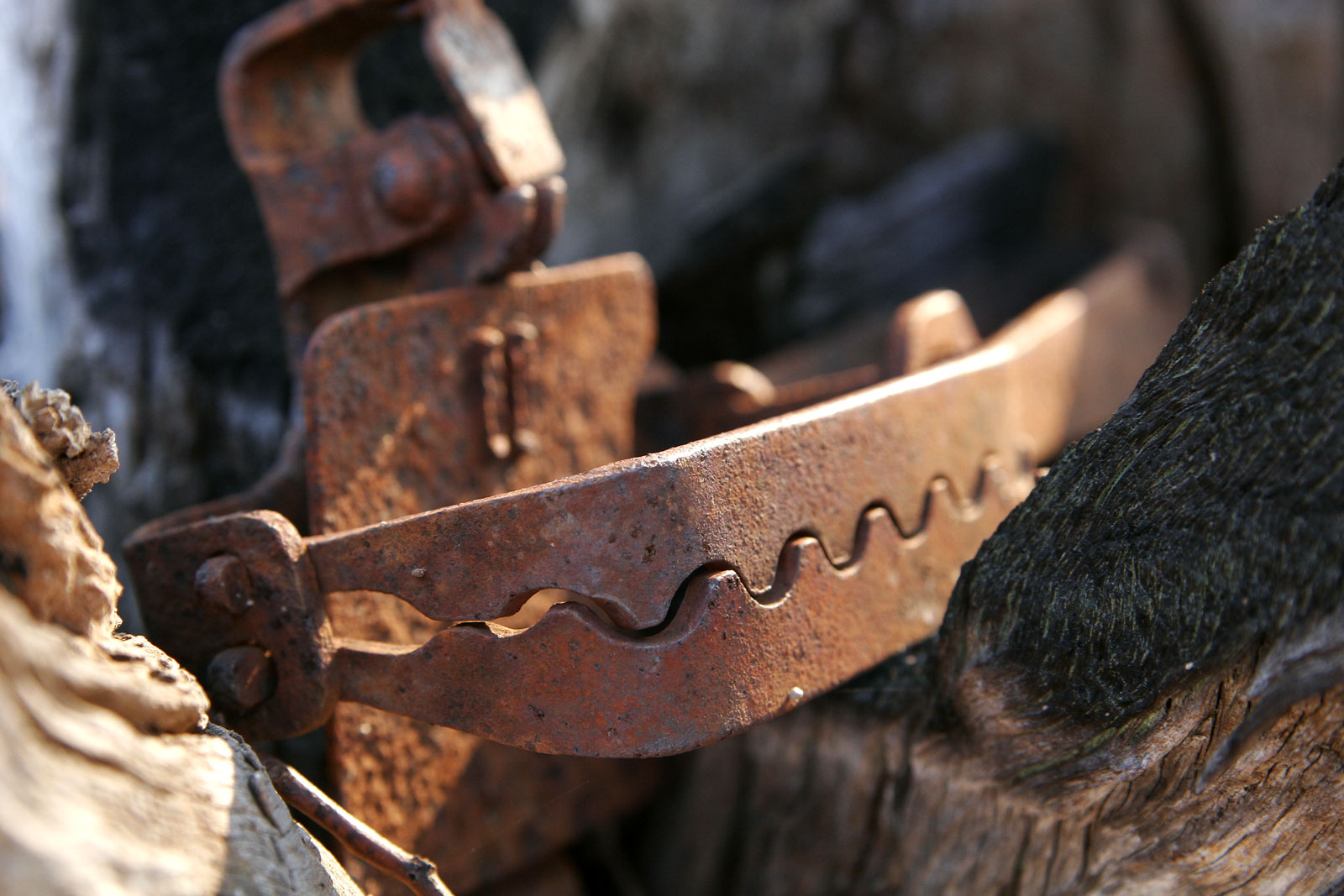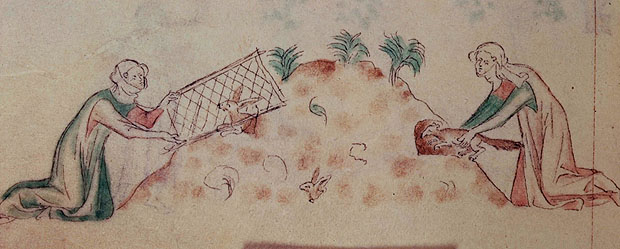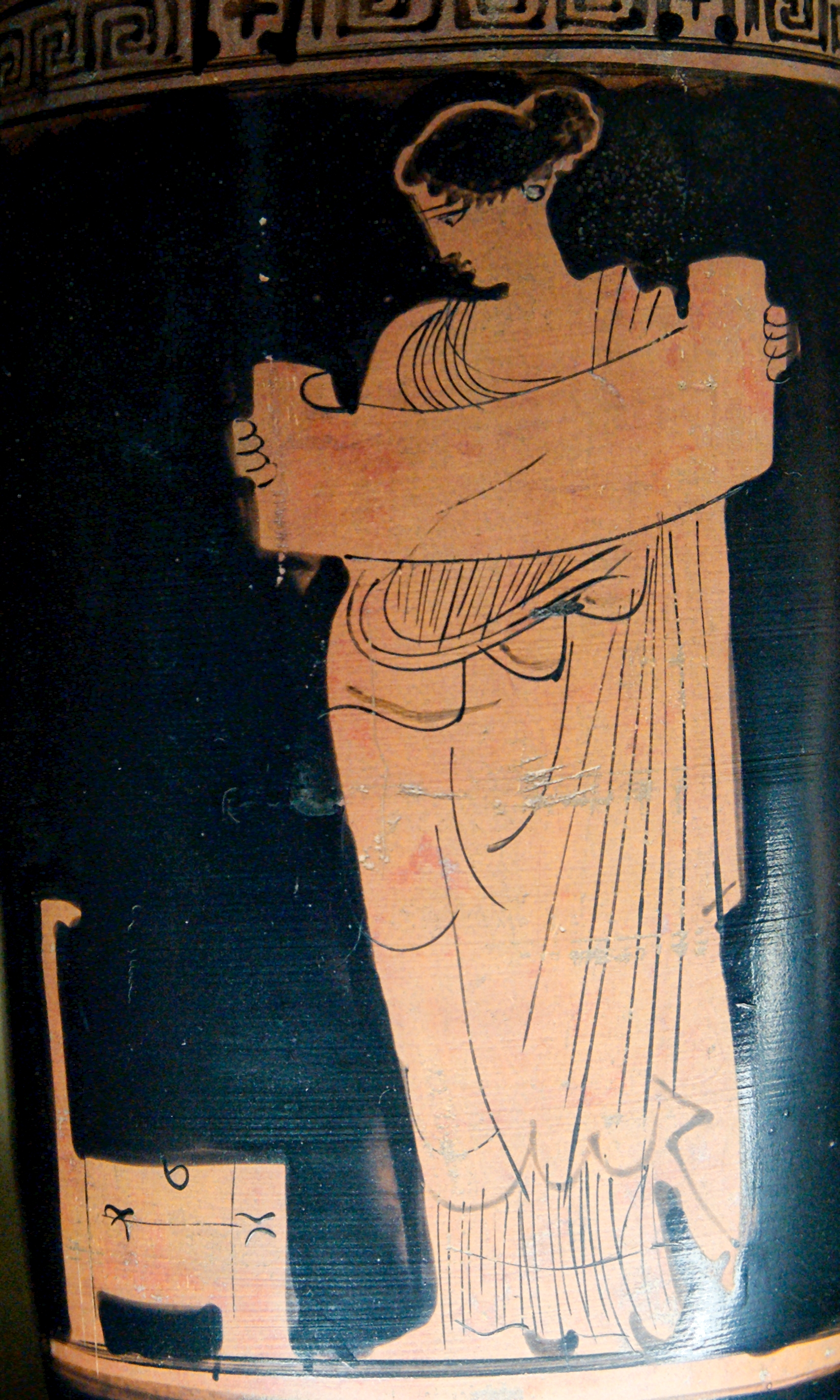|
Ferrets
The ferret (''Mustela furo'') is a small, domesticated species belonging to the family Mustelidae. The ferret is most likely a domesticated form of the wild European polecat (''Mustela putorius''), as evidenced by the ferret's ability to interbreed with European polecats and produce hybrid offspring. Physically, ferrets resemble other mustelids because of their long, slender bodies. Including their tail, the average length of a ferret is about ; they weigh between ; and their fur can be black, brown, white, or a mixture of those colours. The species is sexually dimorphic, with males being considerably larger than females. Ferrets may have been domesticated since ancient times, but there is widespread disagreement because of the sparseness of written accounts and the inconsistency of those which survive. Contemporary scholarship agrees that ferrets were bred for sport, hunting rabbits in a practice known as rabbiting. In North America, the ferret has become an increasingly pro ... [...More Info...] [...Related Items...] OR: [Wikipedia] [Google] [Baidu] |
Black-footed Ferret
The black-footed ferret (''Mustela nigripes''), also known as the American polecatHeptner, V. G. (Vladimir Georgievich); Nasimovich, A. A; Bannikov, Andrei Grigorovich; Hoffmann, Robert S. (2001)''Mammals of the Soviet Union''Volume: v. 2, pt. 1b. Washington, D.C. : Smithsonian Institution Libraries and National Science Foundation. or prairie dog hunter, is a species of mustelid native to central North America. The black-footed ferret is roughly the size of a mink and is similar in appearance to the European polecat and the Asian steppe polecat. It is largely nocturnal and solitary, except when breeding or raising litters. Up to 90% of its diet is composed of prairie dogs. The species declined throughout the 20th century, primarily as a result of decreases in prairie dog populations and sylvatic plague. It was declared extinct in 1979, but a residual wild population was discovered in Meeteetse, Wyoming in 1981. A captive-breeding program launched by the United States Fish an ... [...More Info...] [...Related Items...] OR: [Wikipedia] [Google] [Baidu] |
Rabbiting
Rabbiting (also rabbit hunting and cottontail hunting) is the sport of hunting rabbits. It often involves using ferrets or dogs to track or chase the prey. There are various methods used in capturing the rabbit, including trapping and shooting. Depending on where the hunting occurs, there may be licenses required and other rules in regards to methods being used. Hunting The primary environment for hunting rabbits consists of forests. This specific habitat is favored by rabbits because of the elevated and soft grounds that make for effortless burrowing and suitable dens. In the United Kingdom, ferrets can be used as hunting companions due to their "natural hunting skills." Depending on the preferred method of the hunter, ferrets can either be trained to flush out a rabbit from its burrow or to down it. In the United States dogs are used as hunting companions due to their natural hunting abilities, as well as illegality of using ferrets for hunting. Alternatively, hunters can us ... [...More Info...] [...Related Items...] OR: [Wikipedia] [Google] [Baidu] |
Polecat–ferret Hybrid
A polecat–ferret hybrid (''Mustela putorius x Mustela furo'') is a hybrid between a wild European polecat (''Mustela putorius'') and a domesticated ferret (''Mustela furo''). Offspring of such a cross between the two animals typically have a distinct white throat patch, white feet and white hairs interspersed among the fur. It is currently impossible to distinguish pure polecats from hybrids through DNA analysis, as the two forms are too closely related and inter-mixed to be separated through current (2010) genetic methods. The advantages of polecat–ferret hybrids over purebred domestic ferrets include the hybrids' better eyesight, their greater physical capabilities, and their more independent nature. The disadvantages are that hybrids are less willing to be handled, require rigorous enrichment routines in order to prevent boredom, may refuse to enter unfamiliar burrows, and do not cope well with being caged. First-generation crossbreeds usually develop their wild parent's f ... [...More Info...] [...Related Items...] OR: [Wikipedia] [Google] [Baidu] |
European Polecat
The European polecat (''Mustela putorius''), also known as the common polecat, black polecat and forest polecat, is a mustelid species native to Europe, Western Asia and North Africa. It is of a generally dark brown colour, with a pale underbelly and a dark mask across the face. Occasionally, colour mutations including albinos, leucists, isabellinists, xanthochromists, amelanists, and erythrists occur. It has a shorter, more compact body than other '' Mustela'' species, a more powerfully built skull and dentition, is less agile, and is well known for having the characteristic ability to secrete a particularly foul-smelling liquid to mark its territory. It is much less territorial than other mustelids, with animals of the same sex frequently sharing home ranges. Like other mustelids, the European polecat is polygamous, with pregnancy occurring after mating, following induced ovulation. It usually gives birth in early summer to litters consisting of five to ten kits, which ... [...More Info...] [...Related Items...] OR: [Wikipedia] [Google] [Baidu] |
Rabbit
Rabbits are small mammals in the family Leporidae (which also includes the hares), which is in the order Lagomorpha (which also includes pikas). They are familiar throughout the world as a small herbivore, a prey animal, a domesticated form of livestock, and a pet, having a widespread effect on ecologies and cultures. The most widespread rabbit genera are '' Oryctolagus'' and '' Sylvilagus''. The former, ''Oryctolagus'', includes the European rabbit, ''Oryctolagus cuniculus'', which is the ancestor of the hundreds of breeds of domestic rabbit and has been introduced on every continent except Antarctica. The latter, ''Sylvilagus'', includes over 13 wild rabbit species, among them the cottontails and tapetis. Wild rabbits not included in ''Oryctolagus'' and ''Sylvilagus'' include several species of limited distribution, including the pygmy rabbit, volcano rabbit, and Sumatran striped rabbit. Rabbits are a paraphyletic grouping, and do not constitute a clade, as ha ... [...More Info...] [...Related Items...] OR: [Wikipedia] [Google] [Baidu] |
Linnaeus
Carl Linnaeus (23 May 1707 – 10 January 1778), also known after ennoblement in 1761 as Carl von Linné,#Blunt, Blunt (2004), p. 171. was a Swedish biologist and physician who formalised binomial nomenclature, the modern system of naming organisms. He is known as the "father of modern Taxonomy (biology), taxonomy". Many of his writings were in Latin; his name is rendered in Latin as and, after his 1761 ennoblement, as . Linnaeus was the son of a curate and was born in Råshult, in the countryside of Småland, southern Sweden. He received most of his higher education at Uppsala University and began giving lectures in botany there in 1730. He lived abroad between 1735 and 1738, where he studied and also published the first edition of his ' in the Netherlands. He then returned to Sweden where he became professor of medicine and botany at Uppsala. In the 1740s, he was sent on several journeys through Sweden to find and classify plants and animals. In the 1750s and 1760s, he co ... [...More Info...] [...Related Items...] OR: [Wikipedia] [Google] [Baidu] |
Middle English
Middle English (abbreviated to ME) is a form of the English language that was spoken after the Norman Conquest of 1066, until the late 15th century. The English language underwent distinct variations and developments following the Old English period. Scholarly opinion varies, but the University of Valencia states the period when Middle English was spoken as being from 1150 to 1500. This stage of the development of the English language roughly coincided with the High Middle Ages, High and Late Middle Ages. Middle English saw significant changes to its vocabulary, grammar, pronunciation, and orthography. Writing conventions during the Middle English period varied widely. Examples of writing from this period that have survived show extensive regional variation. The more standardized Old English literary variety broke down and writing in English became fragmented and localized and was, for the most part, being improvised. By the end of the period (about 1470), and aided by the movabl ... [...More Info...] [...Related Items...] OR: [Wikipedia] [Google] [Baidu] |
Aristophanes
Aristophanes (; ; ) was an Ancient Greece, Ancient Greek Ancient Greek comedy, comic playwright from Classical Athens, Athens. He wrote in total forty plays, of which eleven survive virtually complete today. The majority of his surviving plays belong to the genre of comic drama known as Old Comedy and are considered its most valuable examples. Aristophanes' plays were performed at the religious festivals of Athens, mostly the City Dionysia and the Lenaia, and several of them won the first prize in their respective competitions. Also known as "The Father of Comedy" and "the Prince of Ancient Comedy", Aristophanes wrote plays that often dealt with real-life figures, including Euripides and Alcibiades, and contemporary events, such as the Peloponnesian War. He has been said to recreate the life of ancient Athens more convincingly than any other author. His plays are characterized by preposterous premises, explicit language, wordplays, and political satire. His powers of ridicule ... [...More Info...] [...Related Items...] OR: [Wikipedia] [Google] [Baidu] |
The Acharnians
''The Acharnians'' or ''Acharnians'' (Ancient Greek: ''Akharneîs''; Attic: ) is the third play — and the earliest of the eleven surviving plays — by the Athenian playwright Aristophanes. It was produced in 425 BC on behalf of the young dramatist by an associate, Callistratus, and it won first place at the Lenaia festival. ''The Acharnians'' is about an Athenian citizen, Dikaiopolis, who miraculously obtains a private peace treaty with the Spartans and enjoys the benefits of peace in spite of opposition from some of his fellow Athenians. The play is notable for its absurd humour, its imaginative appeal for an end to the Peloponnesian War, and for the author's spirited response to condemnations of his previous play, ''The Babylonians'', by politicians such as Cleon, who had reviled it as a slander against the Athenian polis. In ''The Acharnians'', Aristophanes reveals his resolve not to yield to attempts at political intimidation. Along with the other surviving plays of Aris ... [...More Info...] [...Related Items...] OR: [Wikipedia] [Google] [Baidu] |
Neutering
Neutering, from the Latin ('of neither sex'), is the removal of a non-human animal's sex organ, reproductive organ, either all of it or a considerably large part. The male-specific term is castration, while spaying is usually reserved for female animals. Colloquially, both terms are often referred to as fixing. In male horses, castrating is referred to as gelding. An animal that has not been neutered is sometimes referred to as entire or intact. Often the term ''neuter[ing]'' is used to specifically mean castration, e.g. in phrases like "spay and neuter". Neutering is the most common method for animal Sterilization (medicine), sterilization. humane society, Humane societies, animal shelters, and rescue groups urge pet owners to have their pets neutered to prevent the births of unwanted Litter (zoology), litters, which contribute to the Overpopulation of domestic pets, overpopulation of unwanted animals in the rescue system. Many countries require that all adopted cats and dogs be ... [...More Info...] [...Related Items...] OR: [Wikipedia] [Google] [Baidu] |
Egyptian Mongoose
The Egyptian mongoose (''Herpestes ichneumon''), also known as ichneumon (), is a mongoose species native to the tropical and subtropical grasslands, savannas, and shrublands of Africa and around the Mediterranean Basin in North Africa, the Middle East and the Iberian Peninsula. Whether it is introduced or native to the Iberian Peninsula is in some doubt. Because of its widespread occurrence, it is listed as Least Concern on the IUCN Red List. Characteristics The Egyptian mongoose's long, coarse fur is grey to reddish brown and ticked with brown and yellow flecks. Its snout is pointed, its ears are small. Its slender body is long with a long black tipped tail. Its hind feet and a small area around the eyes are furless. It has 35–40 teeth, with highly developed carnassials, used for shearing meat. It weighs . Sexually dimorphic Egyptian mongooses were observed in Portugal, where some females are smaller than males. Female Egyptian mongooses have 44 chromosomes, and males 43 ... [...More Info...] [...Related Items...] OR: [Wikipedia] [Google] [Baidu] |







